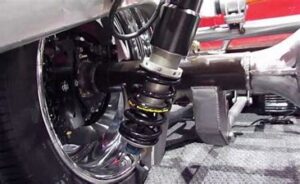Transmission is one of the most important pieces of machinery a vehicle contains. A car’s transmission system is the most complex part of a vehicle and is difficult to understand. But as much as it is complex it is an integral part of your car without which the vehicle may not be able to work. Any damage occurring in the car’s transmission system can cause real problems in your vehicle’s performance and can certainly permanently damage your property. So it is good to have your car’s transmission system checked regularly. And if you had a long trip and you have been using your car for a long time then you may be in a high-risk area.

You must check up on the signs your car is giving to you and you must also check the oil filters and clean them regularly for smooth transmission. So, go to an automobile centre and get your car serviced if you are experiencing some sort of difficulties in the transmission of your car. During the cold weather, the transmission system starts having some major issues like slipping. So why does your transmission slips when cold? Let’s read and find out.
Table of Contents
What Is The Relevance Of Your Car’s Transmission?
A car’s transmission is the basic part of your machine that is mounted on the engine that converts the engine’s combustion power into mechanical energy that provides momentum to your vehicle that drives the wheels.
The gearbox is the system that is manually selected or automatically selected by the driver according to your car’s model it uses the engine’s combustion power and using that and the gear and gear ratio it converts it into the power that drives the wheels. In a car with a manual transmission, the clutch will bridge your engine and transmission, so you can change gears when you press the clutch pedal. While in an automatic gearbox, this procedure of changing the gear happens completely automatically.
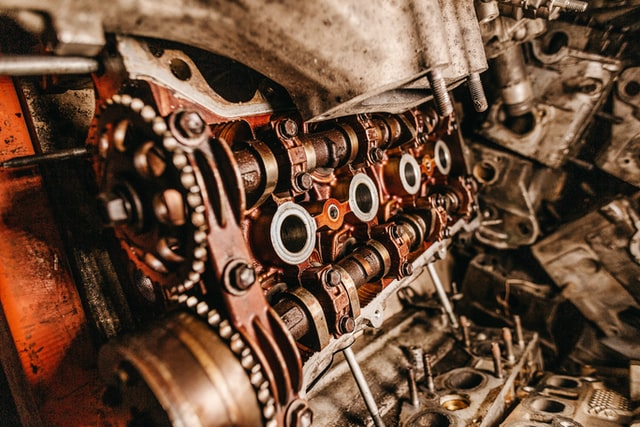
Well, the main function of the transmission system is to convert the power into momentum and efficient use of engine power which is done by using gears that change the RPM according to what you need at that time. For example, if you lower the gear the engine gets the signal to convert less fuel into power which helps in saving fuel as well as work done by the engine. That is why transmission is required for an efficient working engine.
Signs Of Transmission Problems
Various symptoms will show whether your transmission is in trouble or not. Some of the common reasons are listed below:
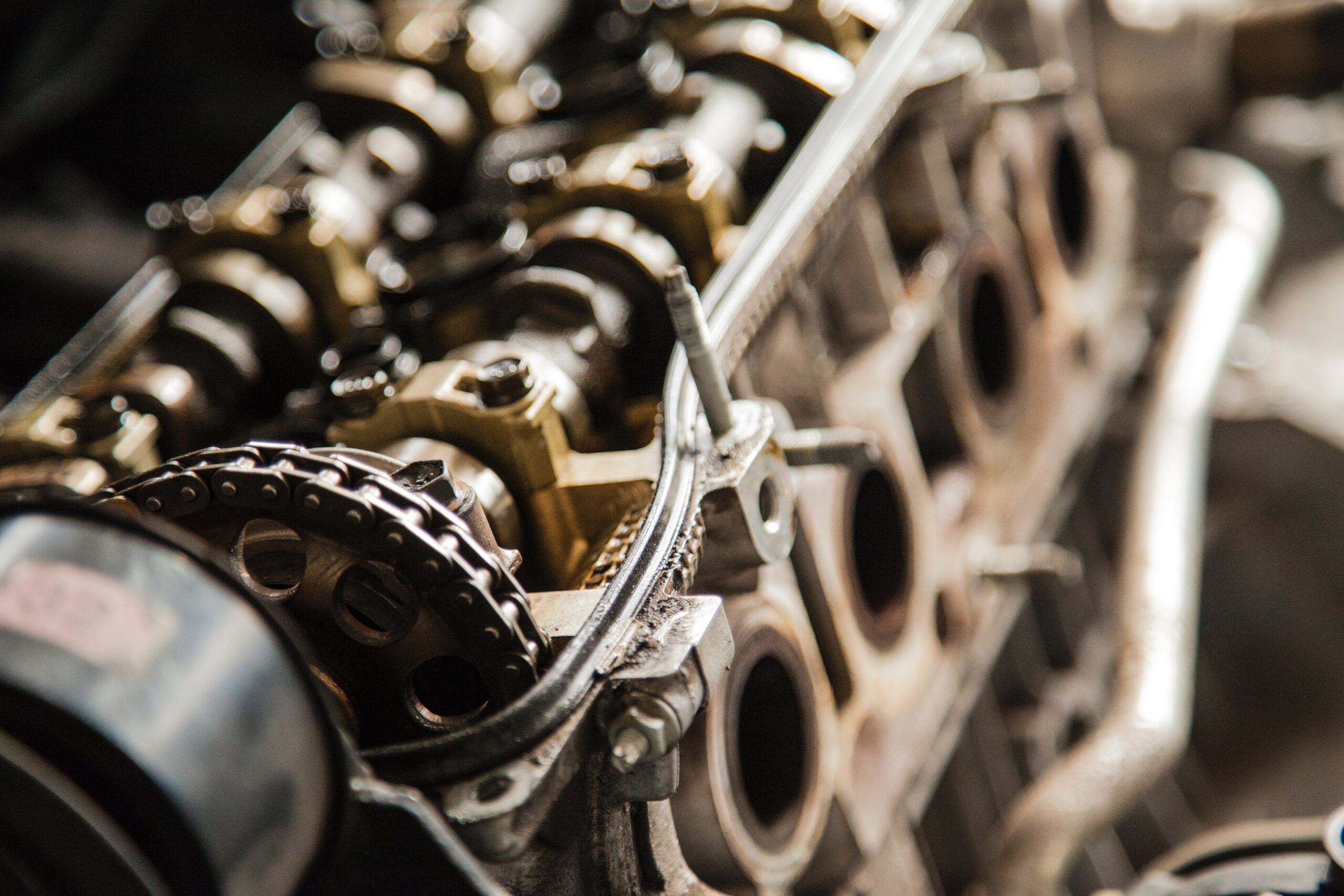
- A delay in time while shifting your gear from neutral to drive or reverse can convey that the car is not immediately catching the gear and that might indicate some problem.
- While changing the gear if you hear a sound, then shifting is not done smoothly and that indicates the gearbox is in trouble.
- If there is some leakage of oil or ATF(automatic transmission fluid), this could indicate trouble in transmission.
- Whenever the RPM of an engine is increasing but the speed remains constant.
- If you hear sudden noises coming out of the gearbox, you should give a checkup to your gearbox.
Why Does Your Transmission Slips When Cold?
Transmission can slip when Cold or even when it’s Hot, whenever a transmission slips when it’s hot that could mean a low transmission fluid level or the transmission system has been worn down, some uncommon reasons are dirty filters and issues with wiring and ignition. But majorly the transmission slips when cold and the common reasons for that are listed below:

1. Low Transmission Fluid
Whenever the engine runs on low transmission oil it starts showing signs of problems in transmission it can also happen in hot case but when it’s hot the oil expands and during cold viscosity of the oil increases the oil become thicker making it difficult for transmission.
2. Denatured Fluid
The oil can become denatured after some time of usage, it used to be normal to change the oil every 3,000 miles, but with modern lubricants, available now, most engines recommended oil change intervals of 5,000 to 7,500 miles. You must replace the denatured oil with a new one that is used for transmission only.
3. Oil Has Become Dirty
The third reason could be that the oil has become dirty or contaminated, which again needs to be changed. If it’s dirty, then you could also check your filter and replace it, if needed. You could go for a transmission flush, but make sure you have all the details before you do that. A typical transmission flush will cost around $150. You can calculate the amount you will spend on transmission flush by a simple rule that it will cost twice the amount of oil that is being replaced, but it also depends on the type of oil and the model of your car.
4. Faulty Transmission Solenoid
A transmission solenoid is an electro-magnetic component that is used to control the flow of transmission fluid the transmission. The transmission solenoid regulates how much fluid is passed through the transmission. If the solenoid does not function properly and not enough fluid goes into the transmission, it will result in the transmission overheating and slipping.
A defective solenoid has to be replaced. And replacing a transmission solenoid is a complex task that you can not do on your own you must concern a technician for the replacement and it will cost you about $15 – $100 for a single transmission shift solenoid whereas a pack can cost $50 to $300 depending upon the model of your car.
How Do You Stop Transmission From Slipping?
To repair the transmission a lot of common methods were discussed above, such as cleaning the filters out from dust and debris or replacing the old denatured oil with a fresh transmission oil which will be less viscous than the previous one.
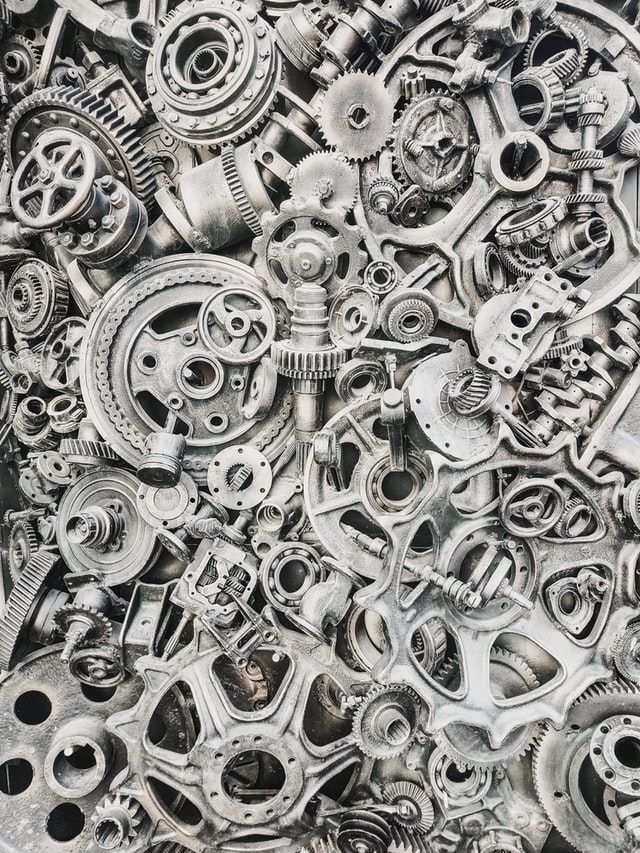
For a leak, however, at least part of your transmission will need to be resealed to prevent further slipping and transmission problems. For more complex problems which concern torque converter or solenoid, you must concern an automotive technician which can effectively check your car up and repair it as required.
Frequently Asked Questions:
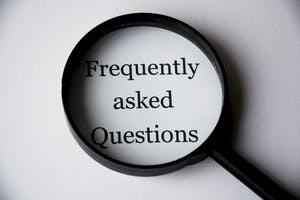
So, here are some of the frequently asked questions about why is my transmission sluggish when cold, does cold weather affect Automatic Transmission etc?-
Why Does My Transmission Only Slip When It’s Cold?
Cold weather can wreak on your vehicle’s transmission. When Your vehicle’s temperature freezes and your line fluids started to leak from the seals, and result , it leads to low line pressure.
Why Is My Transmission Sluggish When Cold?
When it’s cold, the transmission shift points can become delayed which can lead to yet harder shifting. These hard shifts may create increased pressure, and increase the risk of failure at some point.
Does Cold Weather Affect Automatic Transmission?
Icy temperatures can also make shifting difficult, You might notice hard shifts or even delays in shifting. This combination can damage your transmission if you push it.
How Do I Warm Up My Transmission?
When it’s extremely cold outside and you want to warm up the transmission starts the engine, or so before putting it in gear or under load. This allows engine oil and transmission fluid to circulate. Then shift into gear and let the engine and transmission warm 30 to 60 second more.
What Are The Signs Of Low Transmission Fluid?
The signs of Transmission Fluid are-
- Burning Smell and noises.
- Transmission Leaks.
- Slow Gear Engagement.
- Vehicle Accelerates Poorly.
- Check Engine
Can A Dirty Transmission Filter Cause Slipping?
When the transmission fluid isn’t clean or is blocked, the internal components won’t have the lubrication, needed to function properly. This could lead to shifting issues, grinding gears, or other common symptoms of transmission problems.
Conclusion
Transmission is an integral part of your car, without which you cannot drive, it performs the most important function which is to convert the combustion power into mechanical power that helps the wheel rotate. It consists of a gearbox that contains the gear whose essential job is to tell the engine when to generate less power and when more, this helps in saving fuel and work of your engine.
Whenever it is cold the transmission fluid becomes thick which causes the oil to be more viscous creating lesser lubrication also less oil reaches the engine making the transmission slip. Now you know what to do whenever the transmission slips when cold. For more complex issues visiting a technician might be the wiser decision but now you can deal with small issues like replacing the fluid and cleaning the filters on your own.
If you have some more tips about transmission slipping share them with our fellow readers in the comment section below.
![You are currently viewing Why Does Your Transmission Slips When Cold [TBM]](https://hydraulicsuspension.com/wp-content/uploads/2021/05/sten-rademaker-UZUzvJEvKnI-unsplash-1-scaled.jpg)

